Welcome to Cosmographia. The following is part of our Atlas’ Notes series, featuring art, poetry, literature, cartography, and photography, all centred on a particular place. For the full map of Cosmographia posts, see here.
The Book of Lecan, an Irish text written between 1397-1418, tells the myth of Gaillimh. Daughter of Breasal, chief of the mythical Fir Bolg of ancient Ireland, poor Gaillimh is said to have drowned in a river. Her father, so distraught at her loss, ordered his people to set up a camp where she died, to keep her spirit company. Over time, the river took on her name in homage, as did the town that sprang around the same spot — Galway.1
I. In Art
Waterlow was a British painter trained at the Royal Academy in London, where he won the prestigious Turner medal for his landscapes. He worked in Cornwall for much of his career but made several trips to the west coast of Galway to paint subjects there.
This is thought to be his first painting of the area — and it’s a delight. Country lanes, romantic farms, and friendly people — what more could you want.
II. In Verse
“I, the poet William Yeats, With old mill boards and sea-green slates, And smithy work from the Gort forge, Restored this tower for my wife George; And may these characters remain When all is ruin once again.”— W.B. Yeats, To Be Carved on a Stone at Thoor Ballylee (1933)
W.B. Yeats was born in Sandymount, then just outside of, but now a suburb of, Dublin. A key figure in the Irish Literary Revival, Yeats would attend literary gatherings at Lady Gregory’s Coole House in County Galway. It must have been on walks from her house that he first came across Ballylee Castle. He became utterly enchanted by this 16th century Norman tower and bought it in 1916. He and his second wife, George Hyde-Lees, restored the tower and lived here for eight years. He wrote these lines to be carved onto the stone of Thoor Ballylee (the Gaelicised name). The tower is now a small museum to the great poet.
I declare this tower is my symbol; I declare This winding, gyring, spiring treadmill is my ancestral stair…— W.B. Yeats
III. In Cartography
By 1651, when this map was first made, the Cromwellian conquest of Ireland was in full force. I couldn’t find the name of the engraver anywhere, but I wonder if the map was made by the English in service of attacking the walled city of Galway, the last holdout of the Irish Catholic forces. Well fortified with high walls protecting its north and eastern sides, and with Galway Bay to its southwest, the city only surrendered after a nine month siege when their hand was forced by food shortages and an outbreak of the bubonic plague.
The fall of Galway marked the end of organised resistance to the Parliamentarians, but small militias conducted guerrilla warfare for another year. The fighting was brought to a close in 1653 with Cromwell’s ‘Act of Settlement’ in which he exacted an extremely harsh punishment on Irish Catholics (as if the massacres during the war weren’t enough). Among many punitive measures, those implicated in the conflict had their lands confiscated and were either executed, exiled to the West Indies for indentured labour, or sent to the region of Connacht. You can see on the map below how much land was taken from Catholics and given to Protestant settlers.
IV. In Literature
“There is a feel about Galway you can wear around your shoulders like a cloak. It hangs in the air with its dampness; it walks the cobblestone streets and stands in the doorways of its gray stone buildings. It blows in with the mist from the Atlantic and lingers incessantly at every corner. I have never been able to walk the streets of Galway without feeling some unnamed presence accompanying me.”
― Claire Fullerton, Dancing to an Irish Reel (2015)
V. In Photography
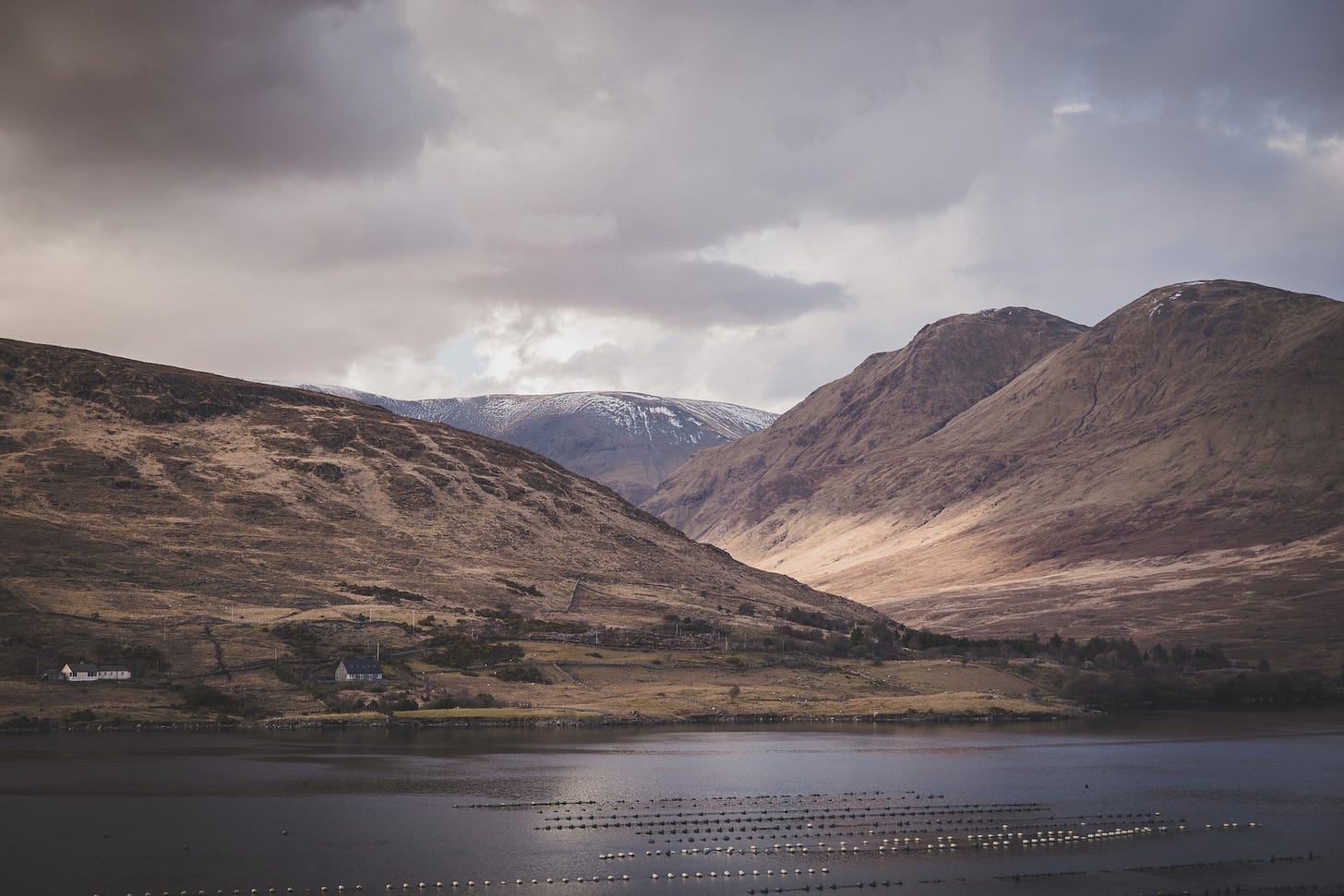
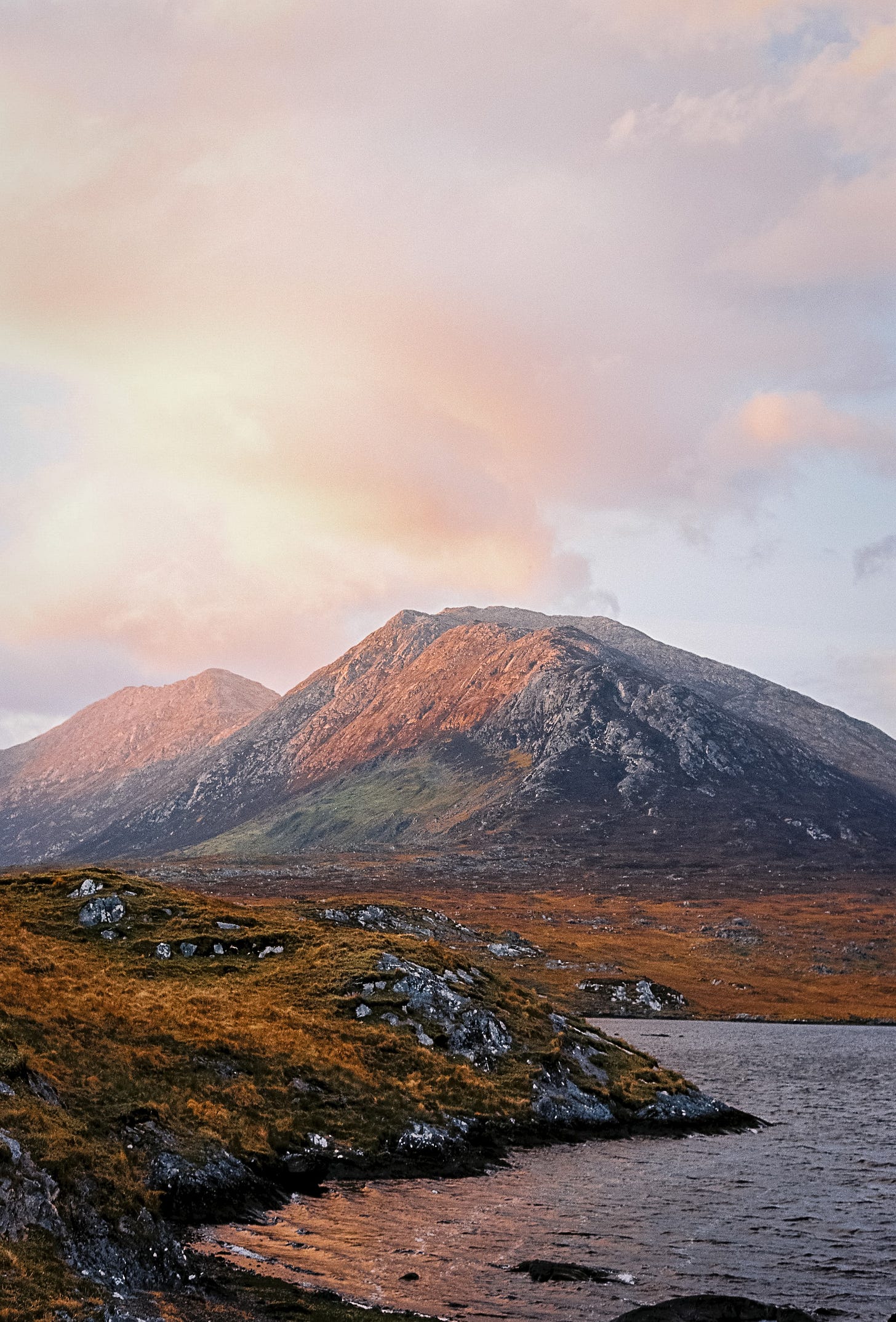

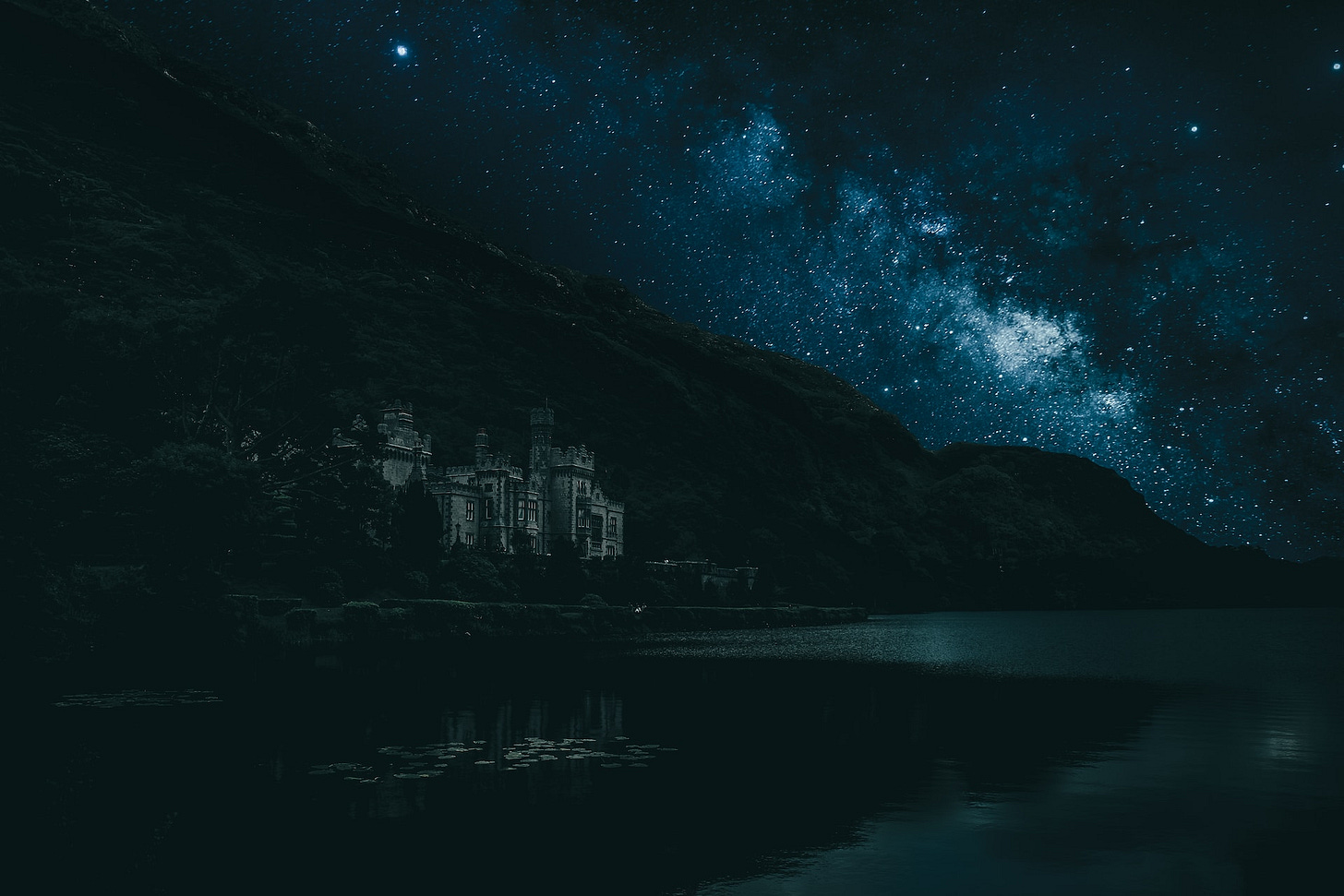
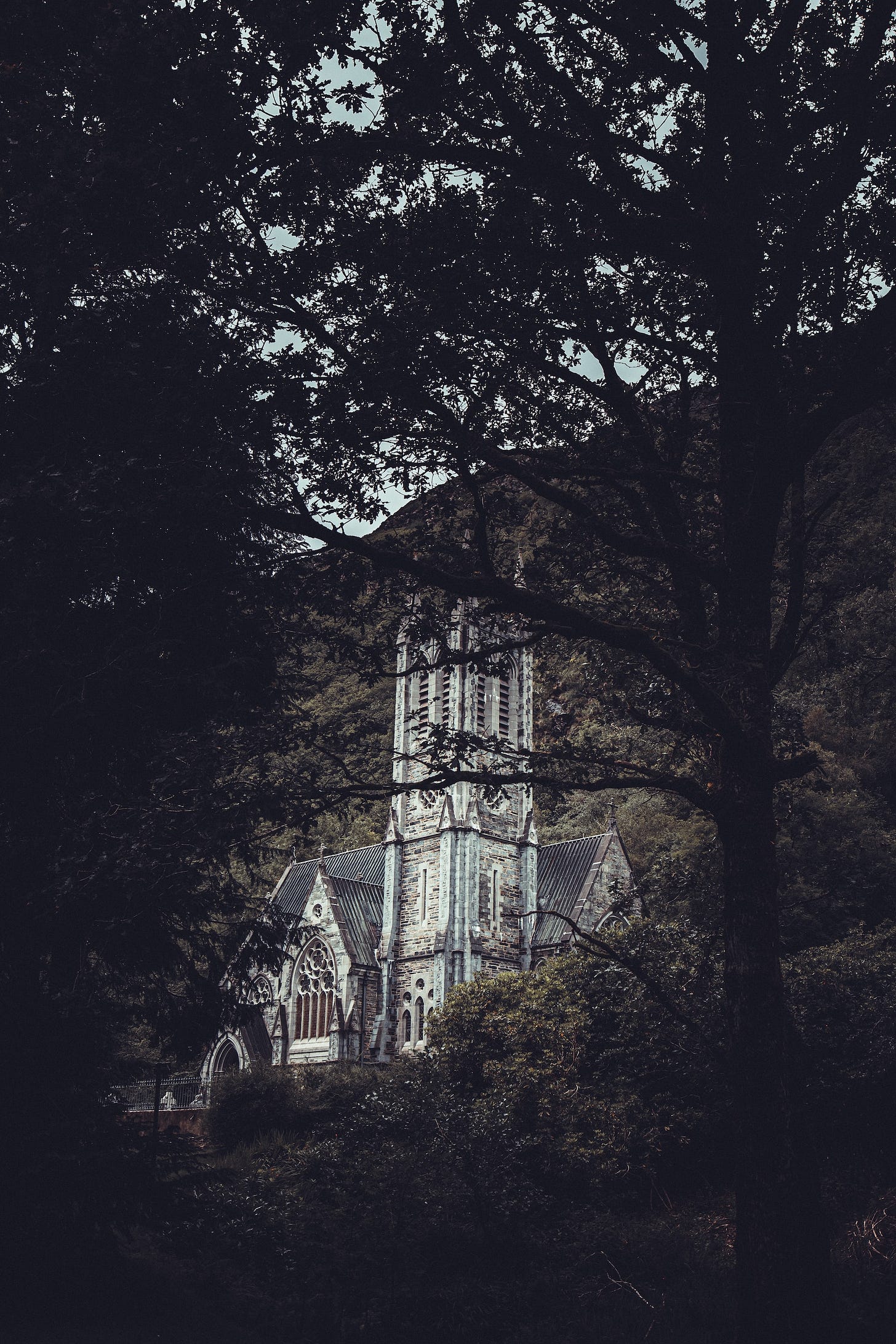
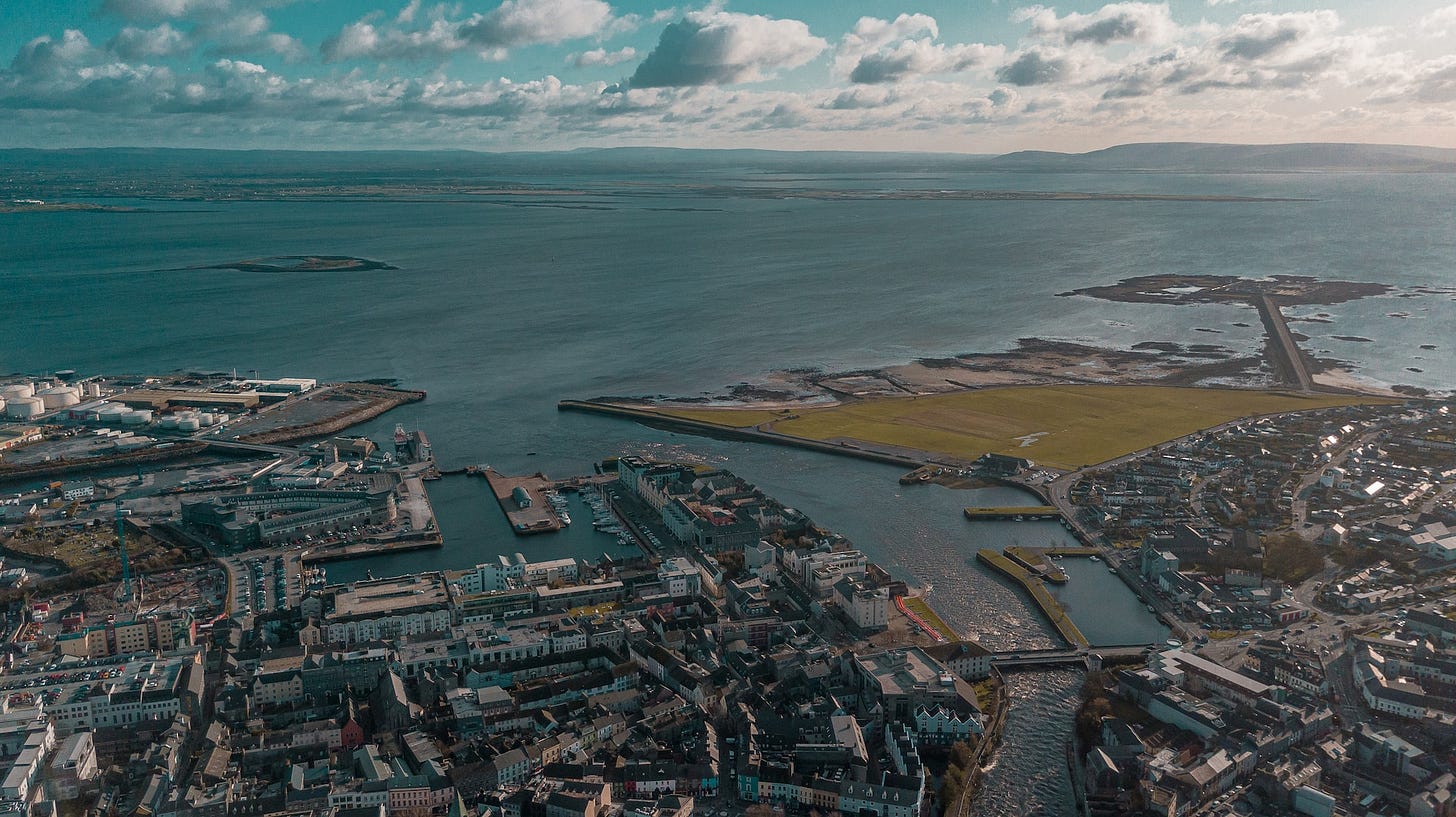
“Galway is one of those cities where sound carries along the breeze like the faintest whisper of prayers you never said, muted but present.”
— Ken Bruen
Modern linguists refute this mythical origin of Galway’s name. Instead, it’s believed to come from the Gaelic word for “stony river”. But that’s not as good a story, is it?






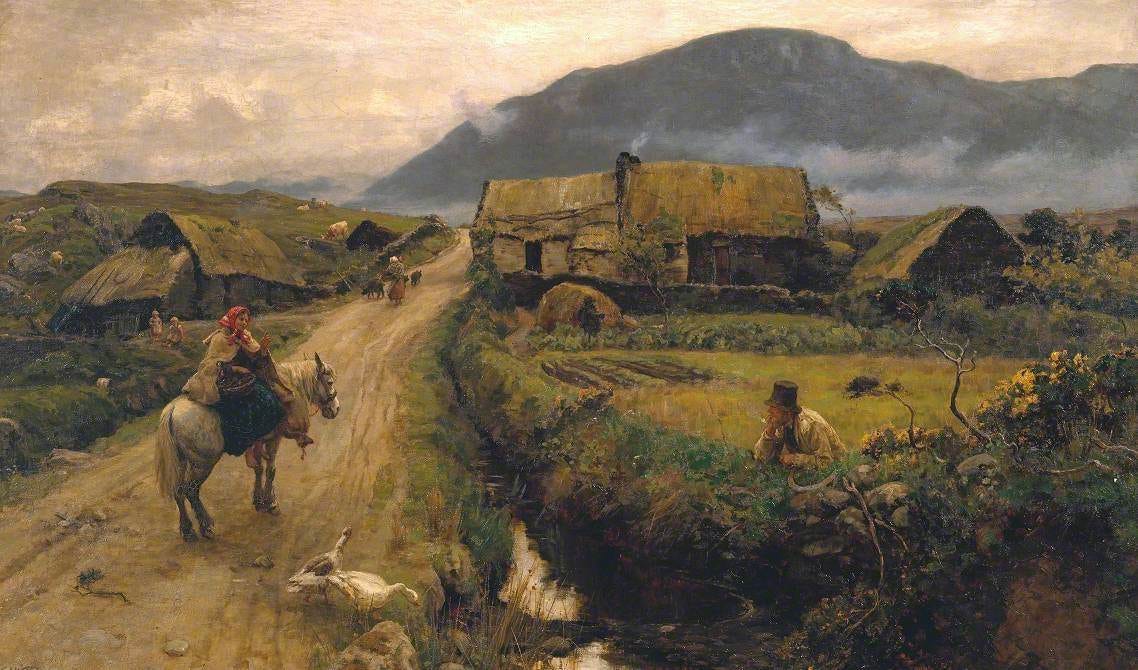



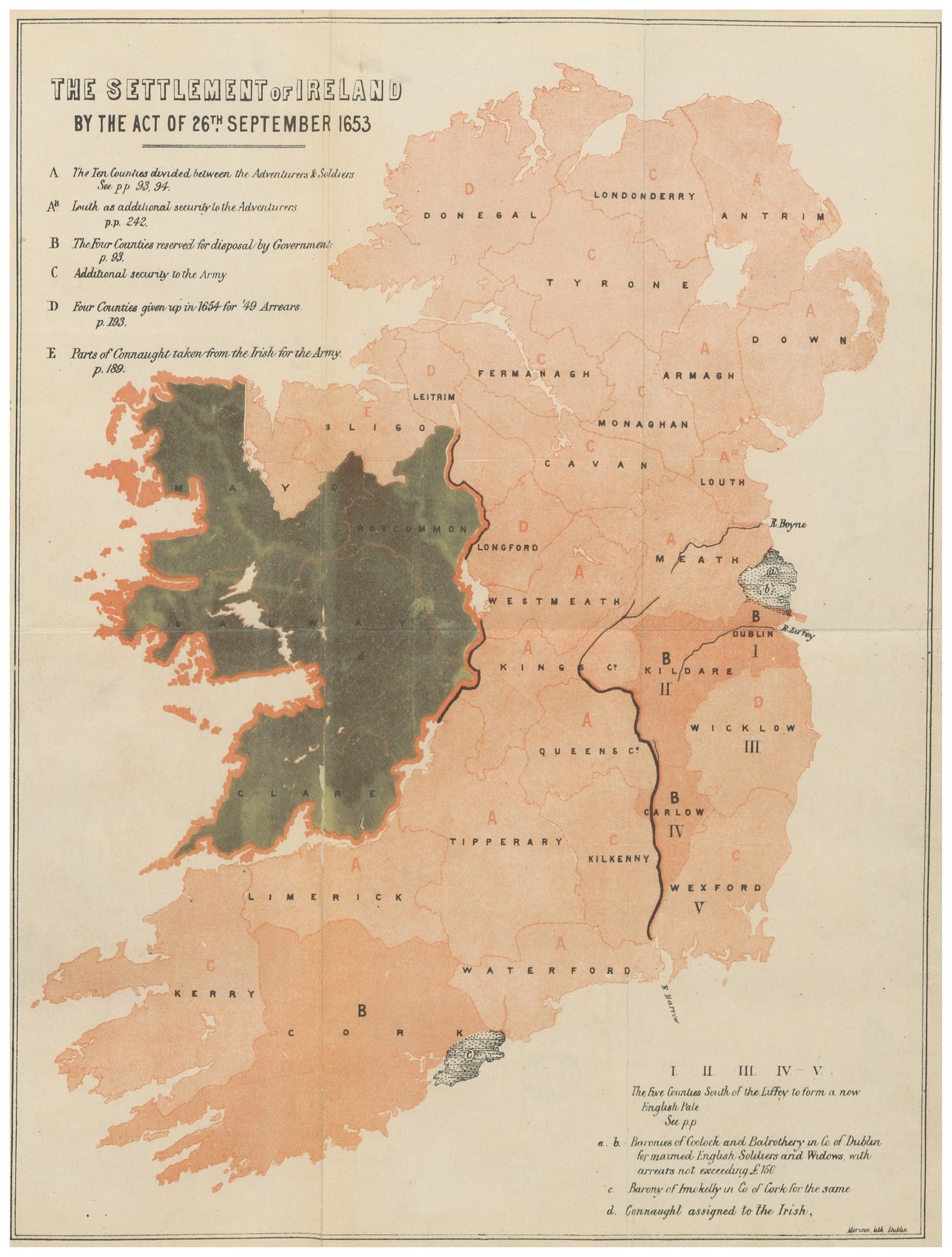




Gosh. My home town. It's so damn wet; the rain from the Atlantic a constant in my youth. Rain, rain, rain. It's lovely when the sun shines. But the rain... I don't live there anymore, but visit regularly. It's sufficiently far from the capital that it has an independent cultural life of its own. And some brilliant bookshops (Charlie Byrne's in particular), and some great art galleries. And great food. And terrible traffic. And lots more. But the rain...
Thoor Ballylee is on my list of places to see. I love Yeats. My favorite of his his poems is A Drinking Song, inspired by his unrequited love.
Wine comes in at the mouth
And love comes in at the eye;
That’s all we shall know for truth
Before we grow old and die.
I lift the glass to my mouth,
I look at you, and I sigh.